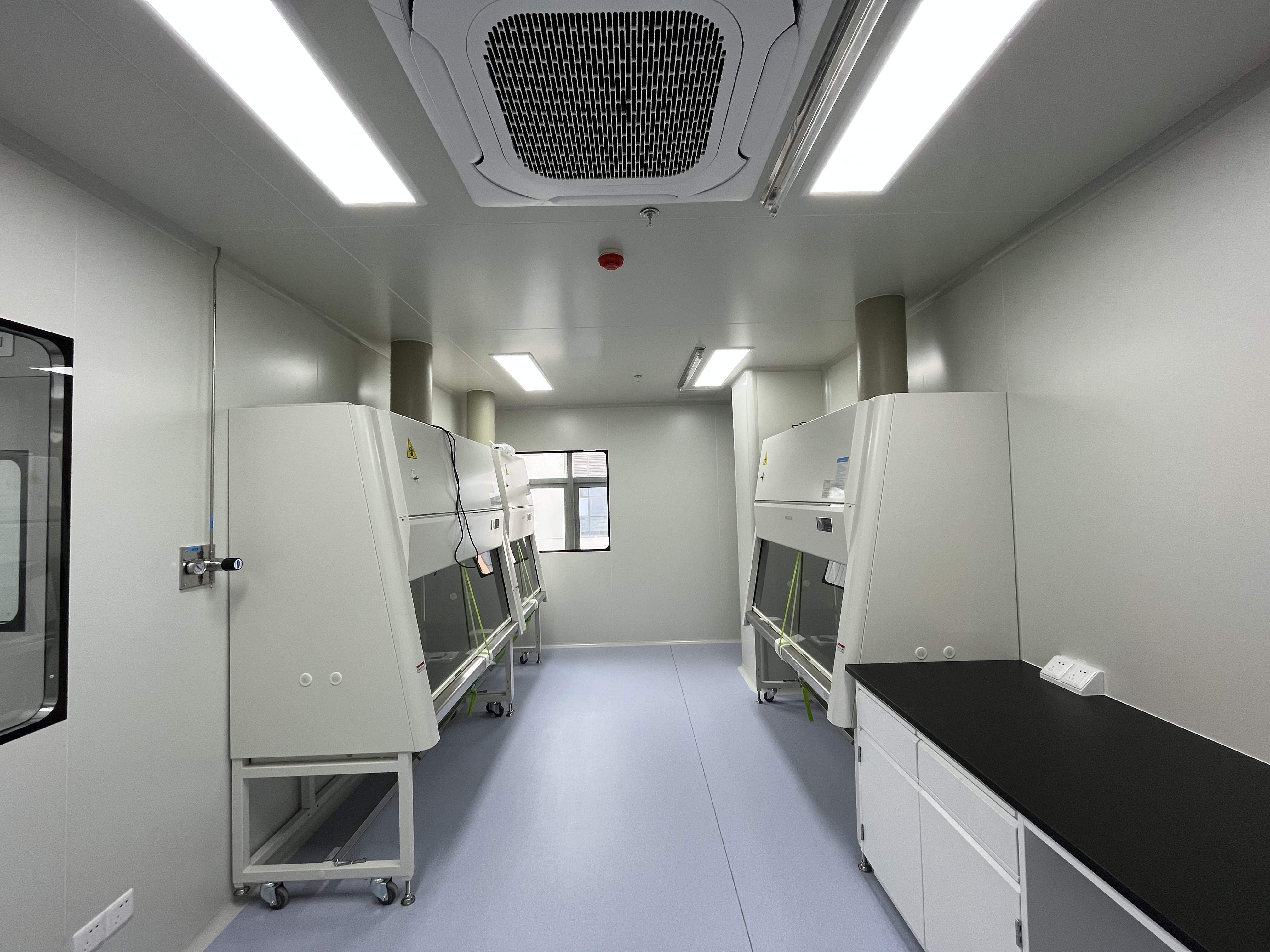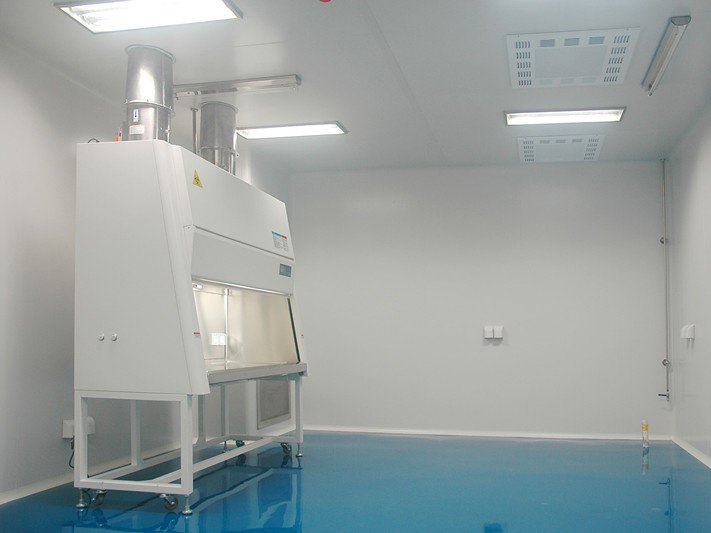

Biosafety cabinet is mainly used in biological laboratories. Here are some experiments that may produce contaminants:
Culturing cells and microorganisms: Experiments on cultivating cells and microorganisms in biological safety cabinet usually require the use of culture media, reagents, chemicals, etc., which may produce pollutants such as gases, vapors, or particulate matter.
Separating and purifying proteins: This kind of experiment usually requires the use of equipment and reagents such as high-pressure liquid chromatography and electrophoresis. The organic solvents and acidic and alkaline solutions may produce gases, vapors, particulate matter and other pollutants.
Molecular biology experiments: When conducting experiments such as PCR, DNA/RNA extraction and sequencing in a biological safety cabinet, some organic solvents, enzymes, buffers and other reagents may be used. These reagents may produce gases, vapors or particulate matter and other pollutants.
Animal experiments: Conduct animal experiments, such as mice, rats, etc., in biological safety cabinet. These experiments may require the use of anesthetics, drugs, syringes, etc., and these substances may produce pollutants such as gas, vapor, or particulate matter.
During the use of biological safety cabinet, some factors that have potential impact on the environment may be produced, such as waste gas, waste water, waste liquid, waste, etc. Therefore, in order to reduce the environmental pollution of biological safety cabinet, the following measures need to be taken:
Reasonable selection of experimental methods and reagents: Choose green and environmentally friendly experimental methods and reagents, avoid the use of harmful chemical reagents and highly toxic biological products, and reduce waste generation.
Waste classification and treatment: The waste generated by biological safety cabinet should be stored and processed in categories, and different treatments should be carried out according to different types, such as biochemical waste, medical waste, chemical waste, etc.
Do a good job in waste gas treatment: During the use of biological safety cabinet, some waste gases may be produced, including volatile organic compounds and odors. A ventilation system should be installed in the laboratory to discharge the waste gas outdoors or after effective treatment.
Reasonable use of water resources: avoid excessive use of water resources and reduce wastewater production. For experiments that require water, water-saving experimental equipment should be selected as much as possible, and laboratory tap water and laboratory pure water should be used rationally.
Regular inspection and maintenance: Regular inspection and maintenance of biological safety cabinet to maintain the good condition of the equipment, reduce leaks and failures, and avoid unnecessary pollution to the environment.
Prepare emergency response: For emergencies that occur during the use of biological safety cabinet, such as leaks, fires, etc., emergency response measures should be taken promptly to avoid environmental pollution and personal injury.
Post time: Sep-14-2023

